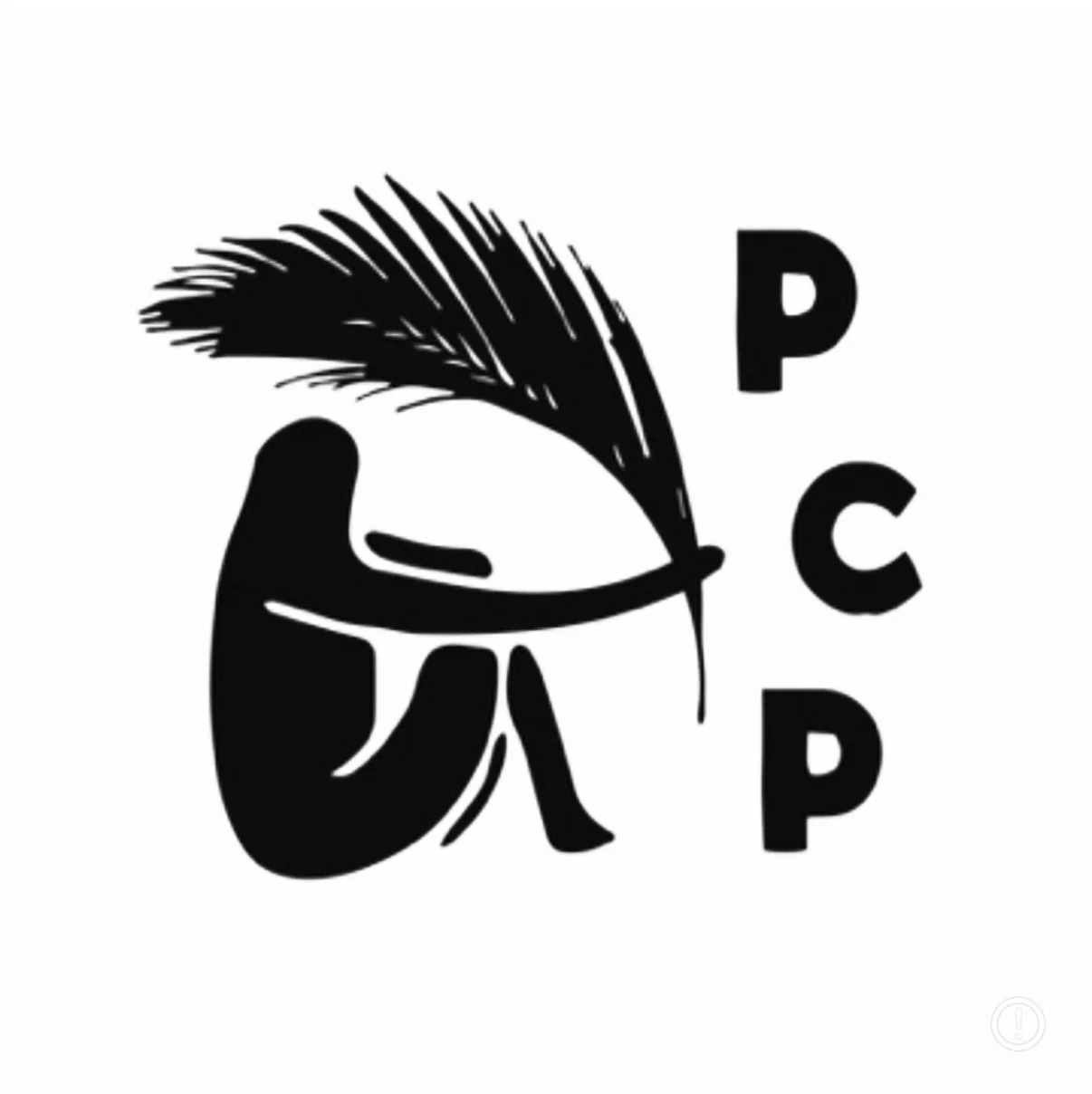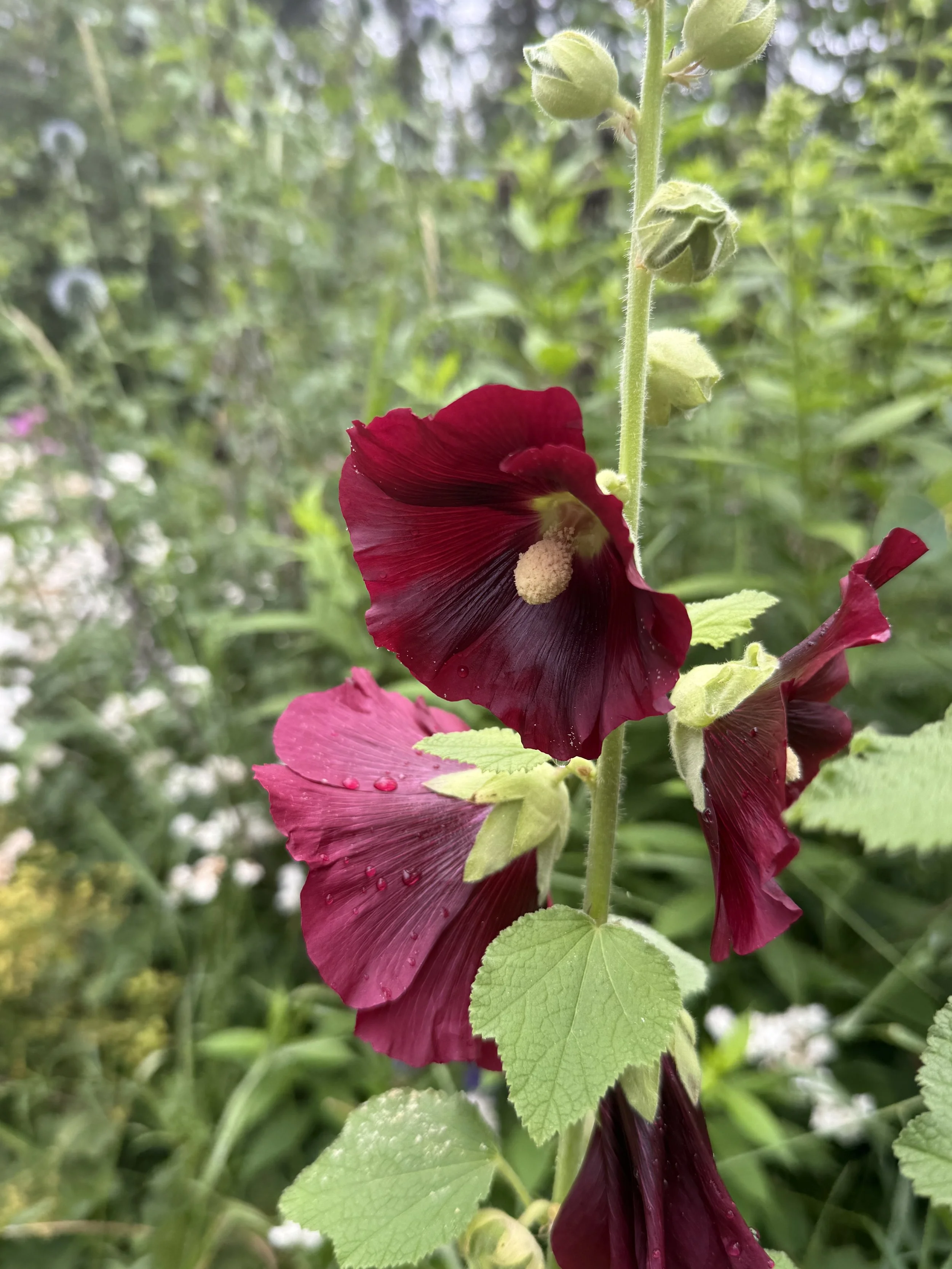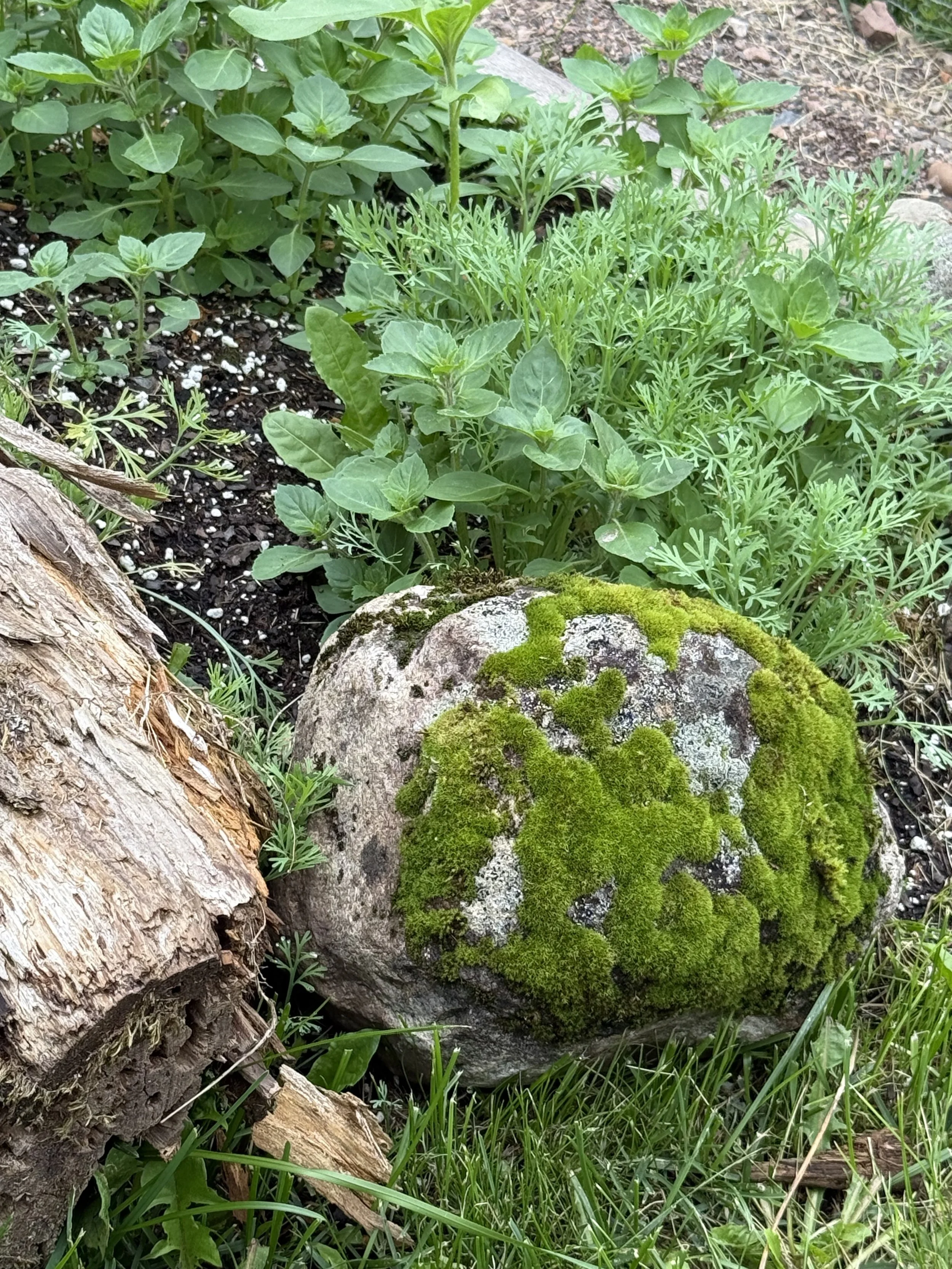around the land
Hollyhocks in the garden. While not native in the US, in cold winter climates like this zone they are naturalized. Bees, butterflies and hummingbirds are all over them.
Gathering Rose Hips. These little seed pods are nutritional powerhouses containing 30-40% more Vit C than oranges and are packed with other vitamins, minerals and antioxidants. I never strip a plant of all it has to offer when harvesting. (the exception being highly cultivated edibles like tomatoes & peppers) Some fruits must be left for the animals who play a vital role in the ecosystem and with whom we share the land.
The birds love them and they are a nutritious addition to their diets as well!
Just some moss appreciation ;)
Echinacea in the garden. It is native to the prairie land here and a vital part of the ecosystem, as all natives are.
Generally, the time to harvest rose hips is after the first frost to insure ripeness and a sweeter flavor. However! As you’ll hear me say over and over, the rules are not hard and fast, particularly these days, with the rapid onset of climate change. In my years of gardening, I’m seeing the need to be increasingly adaptive and the powers of observation are more important than ever. I’d been noticing that a lot of the rose hips looked ready for harvest although we are not too near the first frost at this point. You can tell by the color and by giving the pods a little squeeze. There’s a sweet spot, you want it to have a bit of give, it shouldn’t be mushy or too hard. Sure enough, a lot of them are ready now.
Making my way through the woods to our creek that has been really rushing all summer from the many rains.






